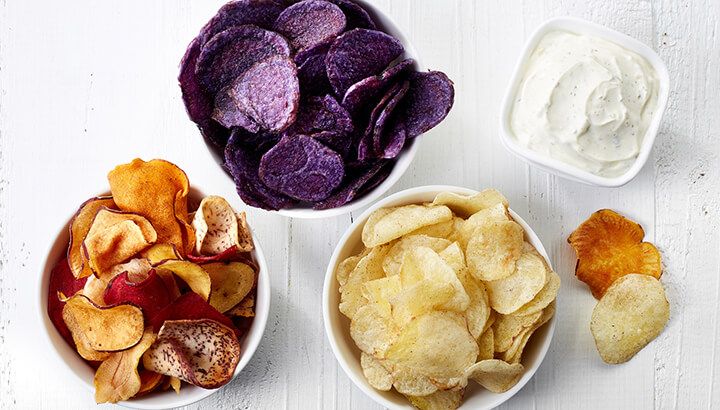It’s easy to get caught up in the latest fad diet or to be tempted to try the newest healthy food. We all know that diet sodas and artificial sweeteners should be avoided, but there are many deceptively unhealthy “health” foods on the market. Sometimes, you have to be a food sleuth to spot the difference. To help you out, here are ten “healthy” foods you should avoid.
1. Veggie chips
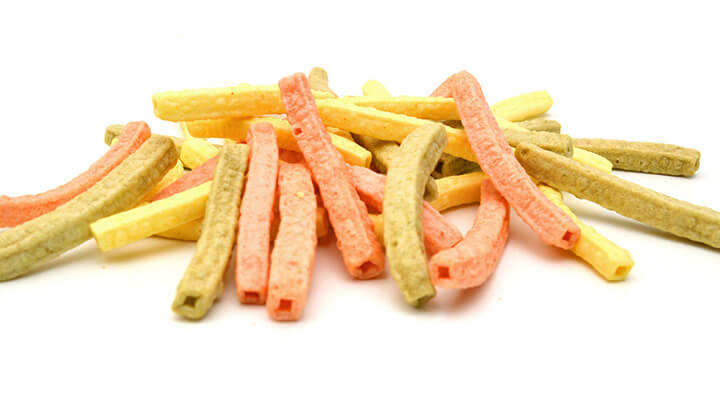
It can be hard to resist the salty crunch of a potato chip, so veggie chips are a good alternative, right? Wrong. Surprisingly, these chips are usually made of things like potato starch or corn flour. The “veggie” part is simply carrot or beet powder to color it. Instead, opt for kale chips or make your own root vegetable or zucchini chips at home.
2. Agave nectar
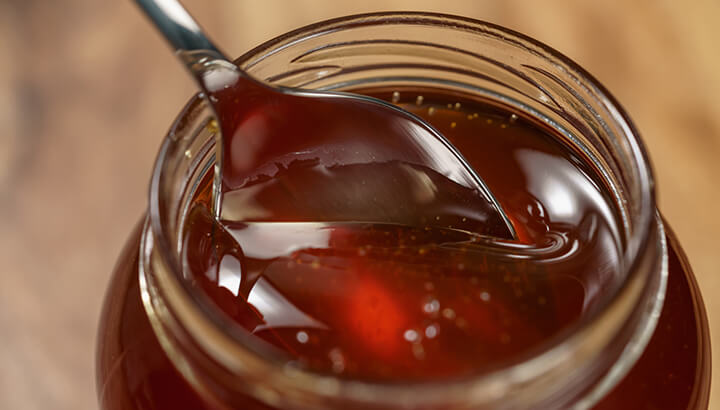
Lauded for its low glycemic index, agave nectar is hiding a dirty secret. It has anywhere from 80 to 90 percent more fructose than white sugar. Eating too much agave nectar can lead to insulin resistance over time. Blackstrap molasses or raw, local honey are much better options. And remember, everything in moderation!
3. Bottled green juice
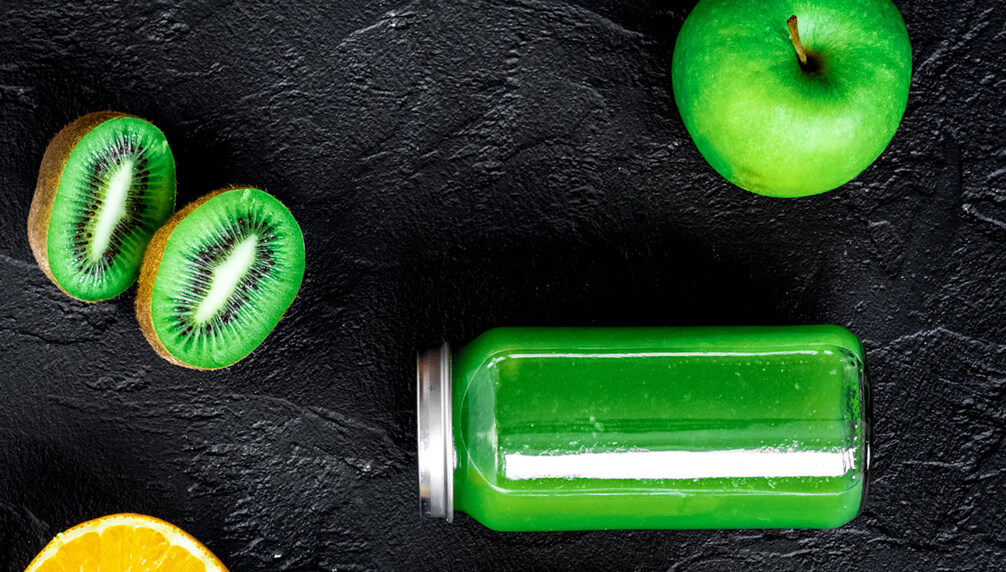
While there are a couple of options for bottled green juice on the market that aren’t full of sugar, most are more fruit juice than celery. As a general rule of thumb, the thicker the juice, the sweeter it will be. Sometimes that means your green juice has up to 50 grams of sugar per bottle! Try making your own green juice at home instead, where you can control what goes into the glass. Better yet, just grab a big salad for lunch.
4. Quinoa pasta
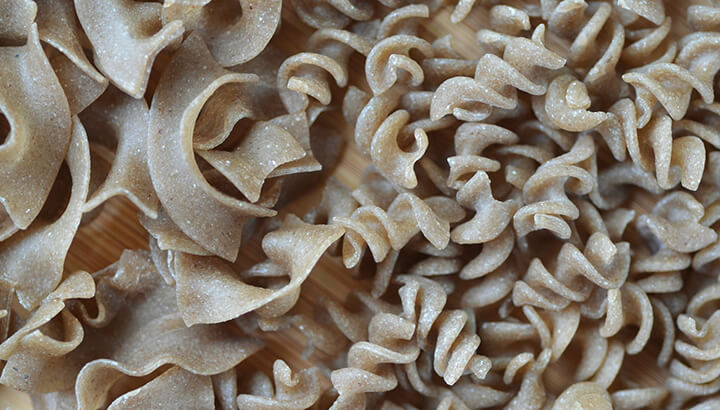
Quinoa is certainly a superfood, but when it comes to quinoa products, proceed with caution. For instance, some varieties of quinoa pasta list flour — yes, semolina, wheat, corn or rice flour — in their ingredients. Make sure to flip that box over before you purchase and make sure your pasta is actually made with quinoa flour.
5. Smoothie bowls
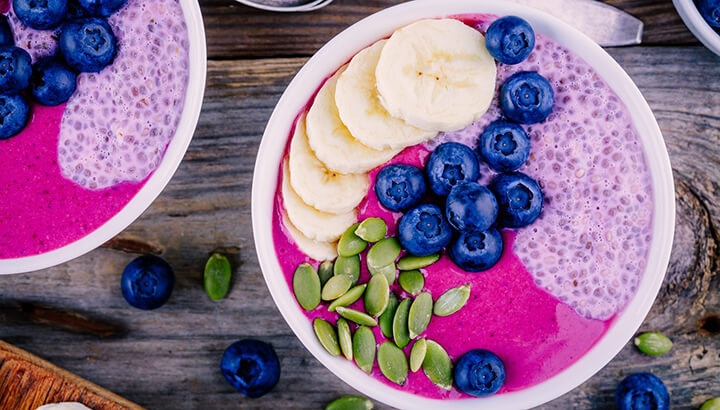
It’s nearly impossible to scroll through your Instagram feed without seeing gorgeous smoothie bowls created by svelte yoga instructors or home chefs. But if you try and grab one at your local juice shop, it’s likely to be full of sugar thanks to fruit juices, sweetened yogurt and too much honey. If there’s granola on top, you could be packing in the calories without realizing that you’re compromising your waistline. If you can’t resist smoothie bowls, opt for homemade bowls with raw nuts on top.
6. Vegan baked goods
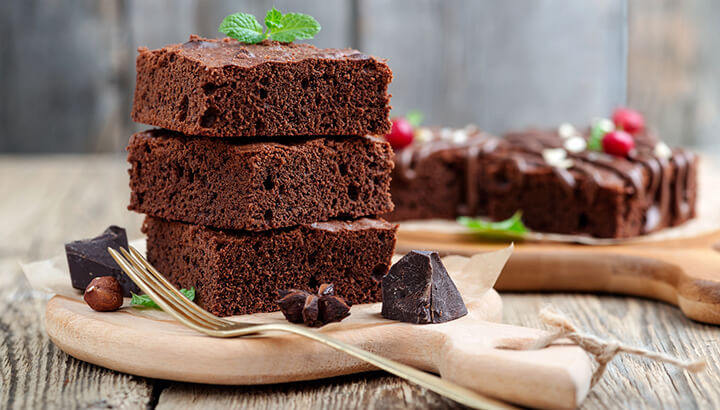
Surely vegan baked goods are good for you, right? Unfortunately, no. Remember, a baked good — even if it’s vegan — is going to be full of sugar and carbohydrates. And plant-based margarines used in some goods are just as calorically heavy as butter. If you must indulge in something sweet, and you don’t eat honey, try a bowl of fresh berries and a little bit of blackstrap molasses.
7. Sushi
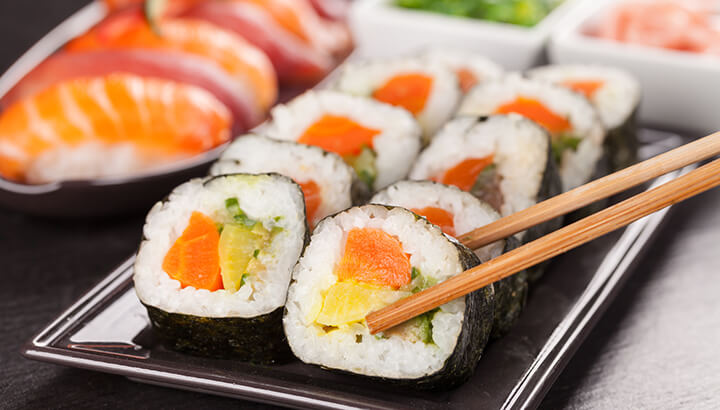
While the benefits of eating a high-protein, low-carb meal can’t be denied, eating too much sushi can expose you to dangerous levels of mercury. Seabass, swordfish and tuna are among the most contaminated fish in the world — and they’re all quite common in sushi. When you go out for sushi, opt for safer choices including eel, crab and salmon.
8. Microwave popcorn
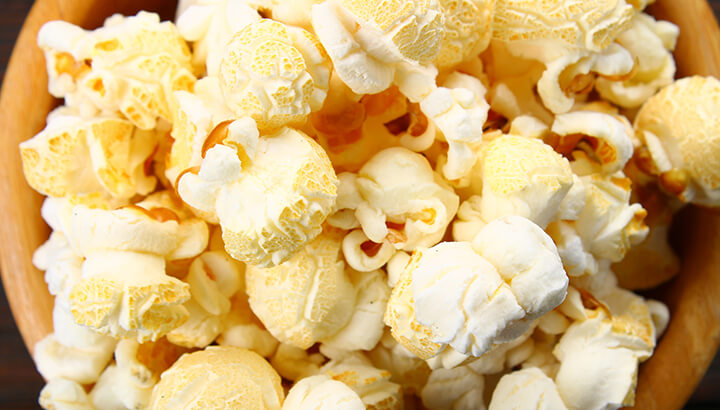
Popcorn can be a healthy snack, but not if it’s the microwave variety. Many popcorn brands contain the toxic butter-flavor additive diacetyl, high amounts of saturated fat and other chemicals like the perfluorooctanoic acid that lines the bags. Instead, pop your own stovetop popcorn and add seasonings of your choice. In fact, melted organic butter is better for you than the chemicals in microwave popcorn.
9. Gluten-free crackers
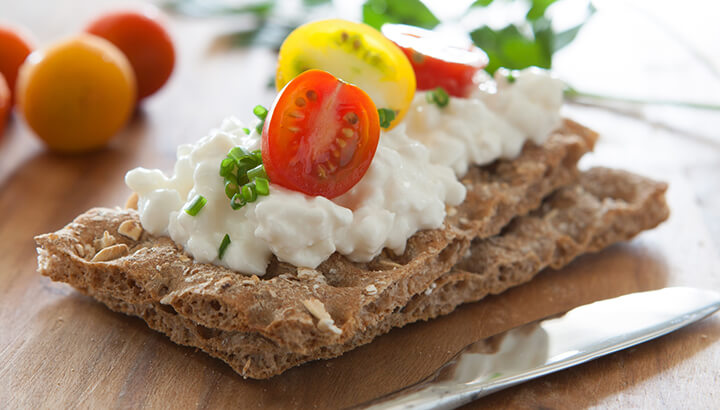
Unless you have celiac disease, gluten-free products are not any healthier than those that contain gluten. The carbohydrate count for alternative flours used to make gluten-free crackers, cookies, pretzels and other snacks is equivalent to wheat flour. If you have to have a crunchy snack, stick to products made with quinoa, chickpea or almond flour for the healthiest alternatives.
10. Canned soup
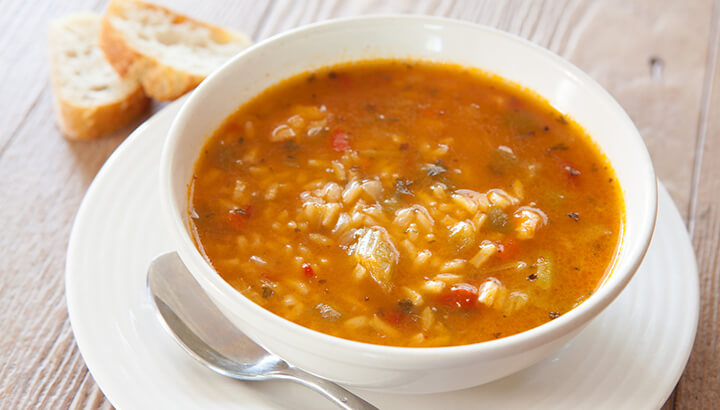
While some varieties of canned soup can be good for you, most aren’t. Whether it’s the sodium-packed food inside or the BPA-lined can (Bisphenol A, or BPA, is a known endocrine disruptor), most soups are unhealthy. However, check the label: if your soup is in a BPA-free can, is low-sodium and low in saturated fat, then it’s probably a good option.
As is usually the case, both moderation and awareness are required to make sure you don’t opt for snacks and foods that look healthy based on the packaging. Take some time to read the labels on your food and, when in doubt, choose fresh, whole foods over packaged varieties.
Are you surprised by any of these foods? Let us know in the comments!

